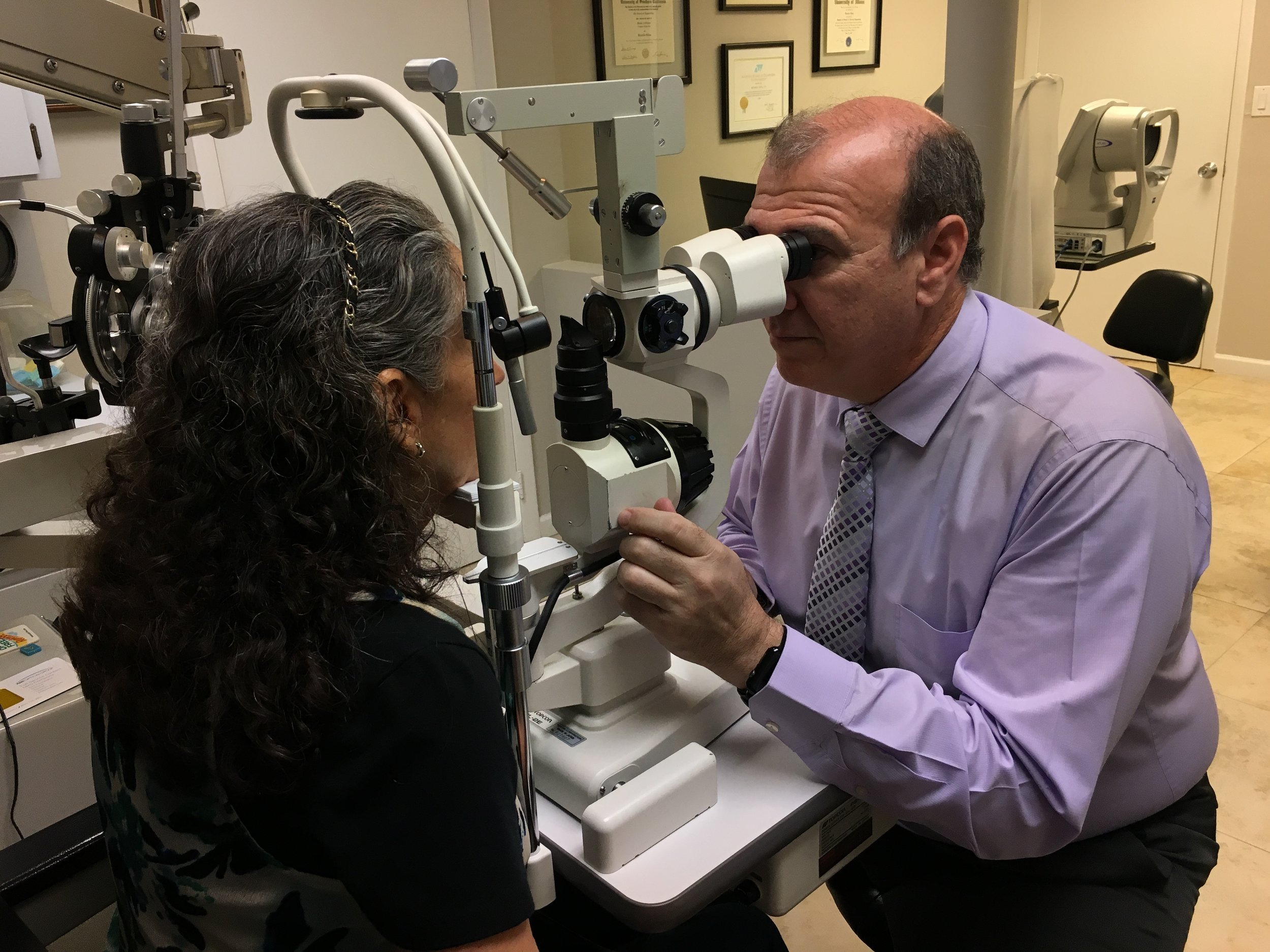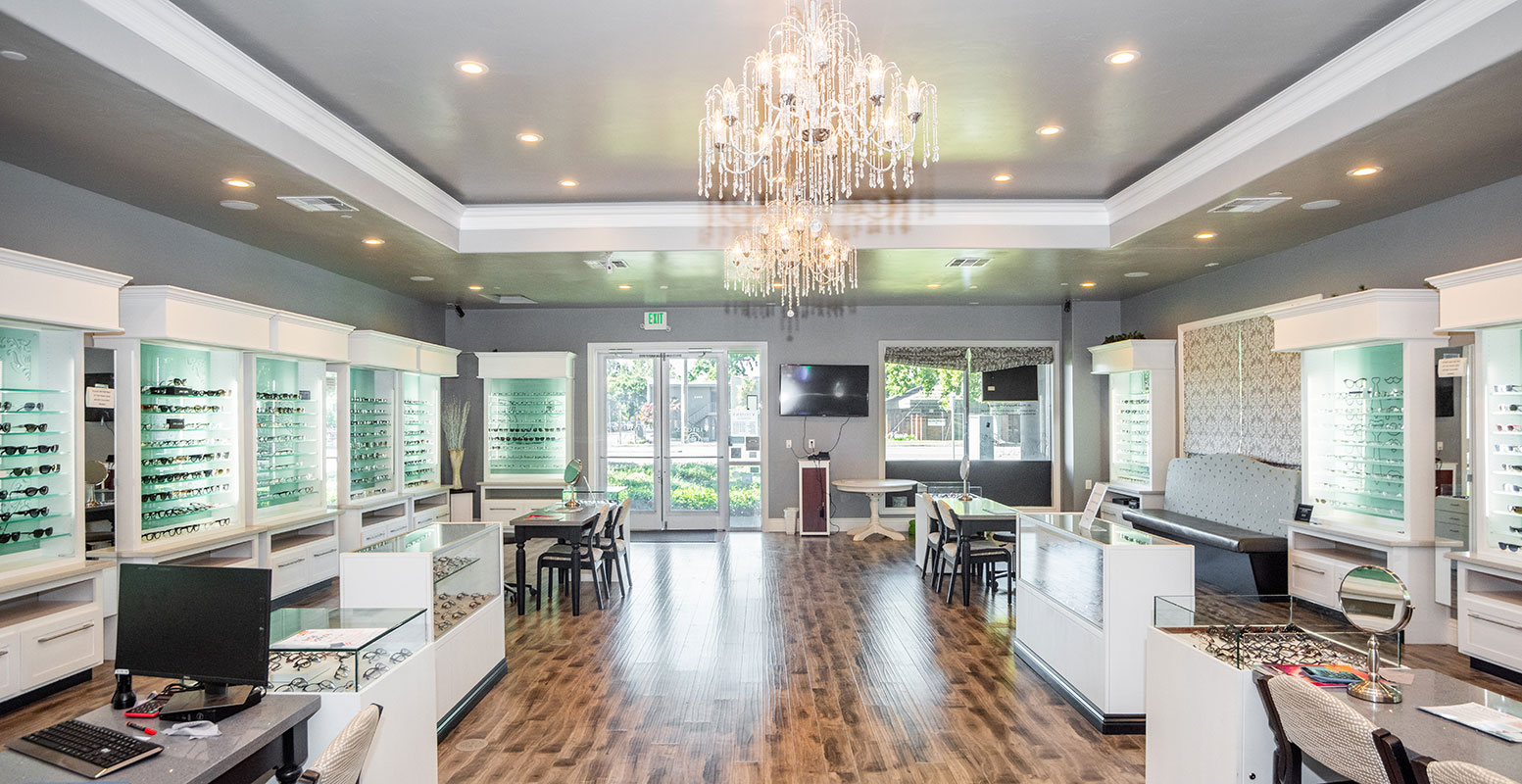Discover the Best Optometrist Chino for Comprehensive Eye Care
Discover the Best Optometrist Chino for Comprehensive Eye Care
Blog Article
Discovering the Most Current Technical Improvements in Optometry and What They Mean for Optometrists
In the ever-evolving area of optometry, recent technological improvements are reshaping exactly how experts come close to eye treatment. From the accuracy of Optical Comprehensibility Tomography to the nuanced understandings used by AI-driven analysis tools, these innovations are establishing new criteria in individual assessment and therapy. Teleoptometry is poised to redefine access, guaranteeing that know-how transcends geographical constraints. As these developments penetrate the practice, eye doctors are confronted with the difficulty of welcoming these tools to boost patient end results. The question stays: how will these technological changes redefine the duties and responsibilities within the occupation?
Technologies in Diagnostic Equipment
Progressing the area of optometry, advancements in diagnostic tools have actually changed the way eye care specialists examine and identify eye problems and aesthetic disabilities. The previous decade has observed substantial technological advancements, enabling even more detailed and accurate evaluations.
An additional secret innovation is the introduction of innovative corneal topography systems, which map the surface curvature of the cornea with accuracy. These devices are especially beneficial for suitable call lenses and identifying corneal conditions. In addition, digital retinal imaging has actually transformed conventional ophthalmoscopy, supplying comprehensive, scenic sights of the retina that facilitate complete aesthetic examinations.
The growth of wavefront aberrometry has actually also been essential, allowing the evaluation of refractive mistakes with unequaled precision (Eye Doctor). This innovation helps in tailoring rehabilitative lenses and improving surgical outcomes for refractive surgical treatments. Collectively, these analysis innovations equip optometrists to provide superior client care, guaranteeing early intervention and tailored therapy approaches, inevitably boosting aesthetic health and wellness results
AI in Individual Administration
Building on the foundation of cutting-edge diagnostic devices, the consolidation of fabricated intelligence (AI) in patient monitoring represents a transformative jump for optometry. AI systems are increasingly utilized to enhance effectiveness, precision, and personalization in person care.
In addition, AI-driven platforms facilitate streamlined patient interactions and administrative procedures. Automated scheduling, digital examinations, and personalized follow-up plans not just enhance person contentment but likewise maximize time management for professionals. These systems can triage patients based on the seriousness of their problems, ensuring that those in important demand receive timely focus.
In addition, AI enhances decision-making by supplying eye doctors with evidence-based referrals and treatment pathways. By integrating information from digital health records, AI devices supply insights that notify professional choices, reducing the danger of mistakes and improving individual results. As AI remains to progress, its role in individual management will likely expand, reshaping the landscape of optometric care.
Advancements in Retinal Imaging
In the world of optometry, retinal imaging has actually experienced impressive technical innovations that are boosting analysis capacities and person treatment. Technologies such as Optical Comprehensibility Tomography (OCT) and fundus digital photography have actually transformed exactly how eye doctors analyze the retina and visualize. OCT, in particular, supplies high-resolution, cross-sectional photos of the retina, enabling for the in-depth evaluation of its layers. This capability is important for early discovery and administration of conditions like glaucoma, diabetic retinopathy, and age-related macular deterioration.
Enhanced imaging methods like OCT angiography are additional refining diagnostic accuracy. This non-invasive technique maps blood circulation in the retina, providing vital insights into vascular wellness without the need for color shots. Additionally, adaptive optics innovation is being incorporated right into retinal imaging systems to fix ocular aberrations, supplying extraordinary photo quality. Such improvements facilitate the identification of min retinal adjustments that might indicate condition progression.
In addition, developments in expert system are augmenting retinal imaging by allowing computerized evaluation of large datasets. These systems aid optometrists in recognizing patterns a measure of pathology, thereby improving diagnostic accuracy and effectiveness. Jointly, these innovations are changing retinal imaging right into a keystone of contemporary eye treatment, enhancing results and increasing healing opportunities.
Teleoptometry's Expanding Duty
Teleoptometry is increasingly becoming a crucial element of eye treatment, driven by improvements in data and diagnostic tools. As optometry embraces digital transformation, teleoptometry helps with remote assessments, enabling eye doctors to prolong their services beyond conventional boundaries. This is particularly useful in underserved and rural areas where access to specialized eye treatment is usually minimal. By leveraging high-resolution video clip conferencing and advanced retinal imaging, optometrists can perform thorough eye examinations from afar, making sure timely medical diagnosis and therapy.
The assimilation of artificial intelligence (AI) additional enhances teleoptometry, making it possible for the analysis of aesthetic data and aiding in the discovery of ocular conditions such as glaucoma and diabetic person retinopathy. AI-powered algorithms can rapidly translate complex imaging information, offering eye doctors with important understandings that boost clinical decision-making.
In addition, teleoptometry supports connection of care via seamless assimilation with electronic health and wellness documents (EHRs), allowing eye doctors to maintain detailed client backgrounds. When seeking advice from with various specialists., this makes sure that patients receive personalized and constant treatment also.
Despite these advantages, difficulties continue to be, including guaranteeing information security and managing client assumptions. Nonetheless, teleoptometry stands for a substantial stride towards even more obtainable, reliable, and patient-centered eye care. As innovation advances, its function is poised to expand further.

Future Fads in Eye Treatment
A myriad of cutting-edge fads is readied to improve the future of eye care, i thought about this driven by technological developments and the developing demands of clients. One significant trend is the integration of fabricated knowledge (AI) in diagnostics, which guarantees to improve the precision and efficiency of eye exams. AI formulas can examine huge amounts of information from retinal photos, potentially discovering conditions like diabetic person retinopathy and glaucoma earlier than typical techniques.
Furthermore, customized medication is getting traction in optometry, with hereditary screening informing tailored treatment plans. This strategy aims to optimize individual results by customizing treatments to individual hereditary profiles. Wearable technology, such as wise get in touch with lenses, is also imminent, using real-time tracking of intraocular pressure or sugar levels, hence offering continual insights right into systemic and eye health.
The fostering of augmented truth (AR) and virtual truth (VIRTUAL REALITY) in training and client education and learning is one more arising trend. These modern technologies use immersive experiences that can boost understanding and skills both for eye doctors and clients. As these patterns evolve, eye doctors must stay abreast of technical improvements to provide innovative treatment, guaranteeing better patient results and complete satisfaction in the vibrant landscape of eye treatment.
Conclusion

Jointly, these analysis innovations equip optometrists to deliver premium client treatment, making certain very early treatment and customized therapy techniques, inevitably improving visual health results.

As these innovations continue to develop, optometrists have to adapt and integrate them into method, inevitably enhancing operations effectiveness and elevating the requirement of eye care Continued provided to individuals.
Report this page